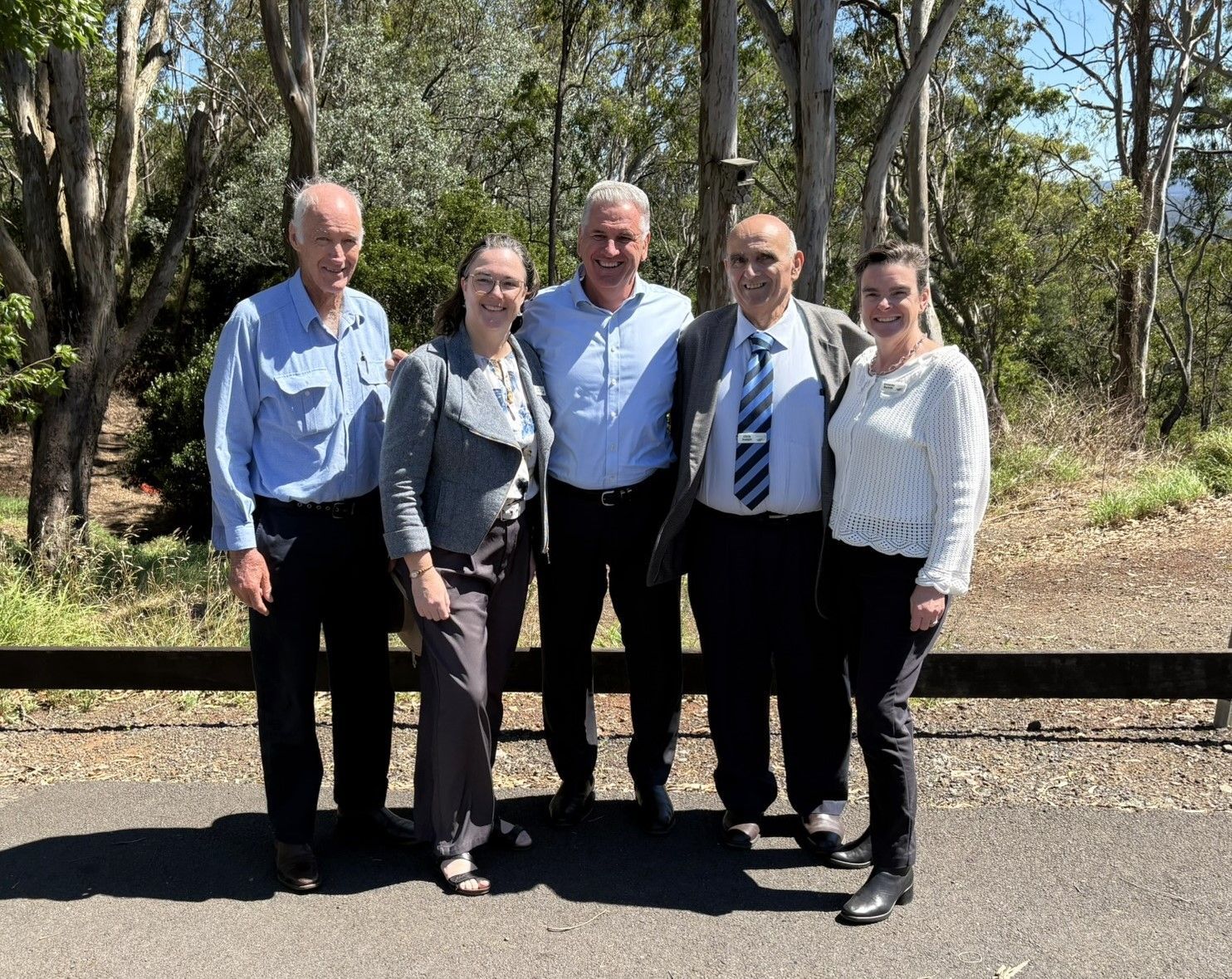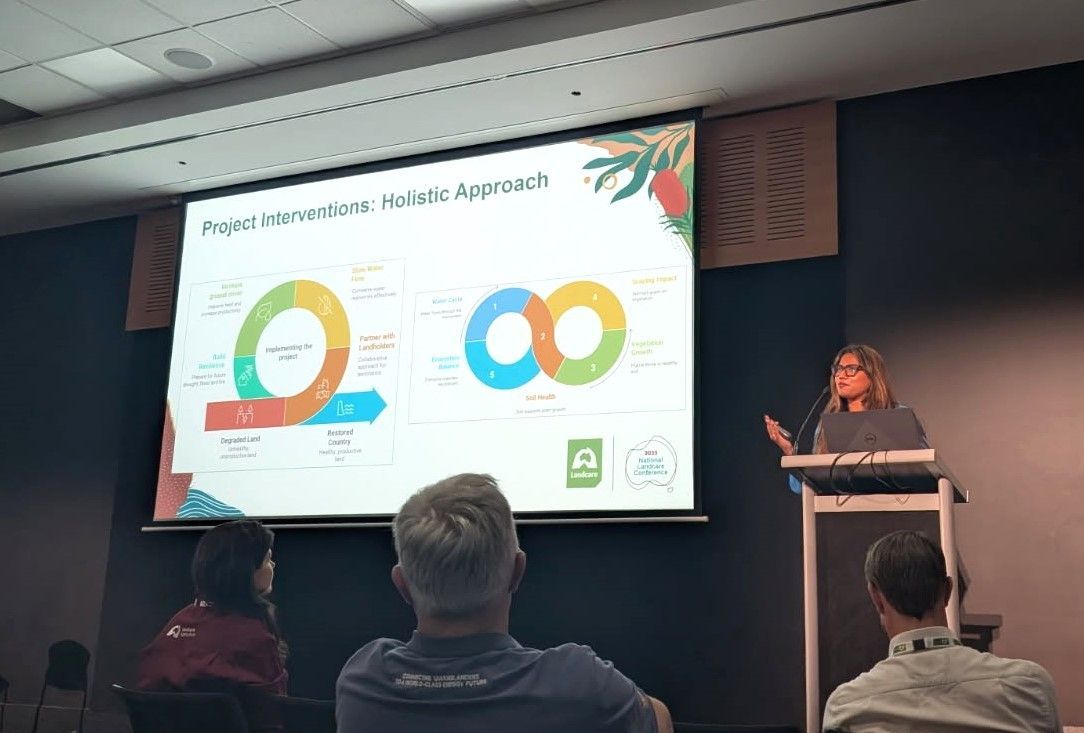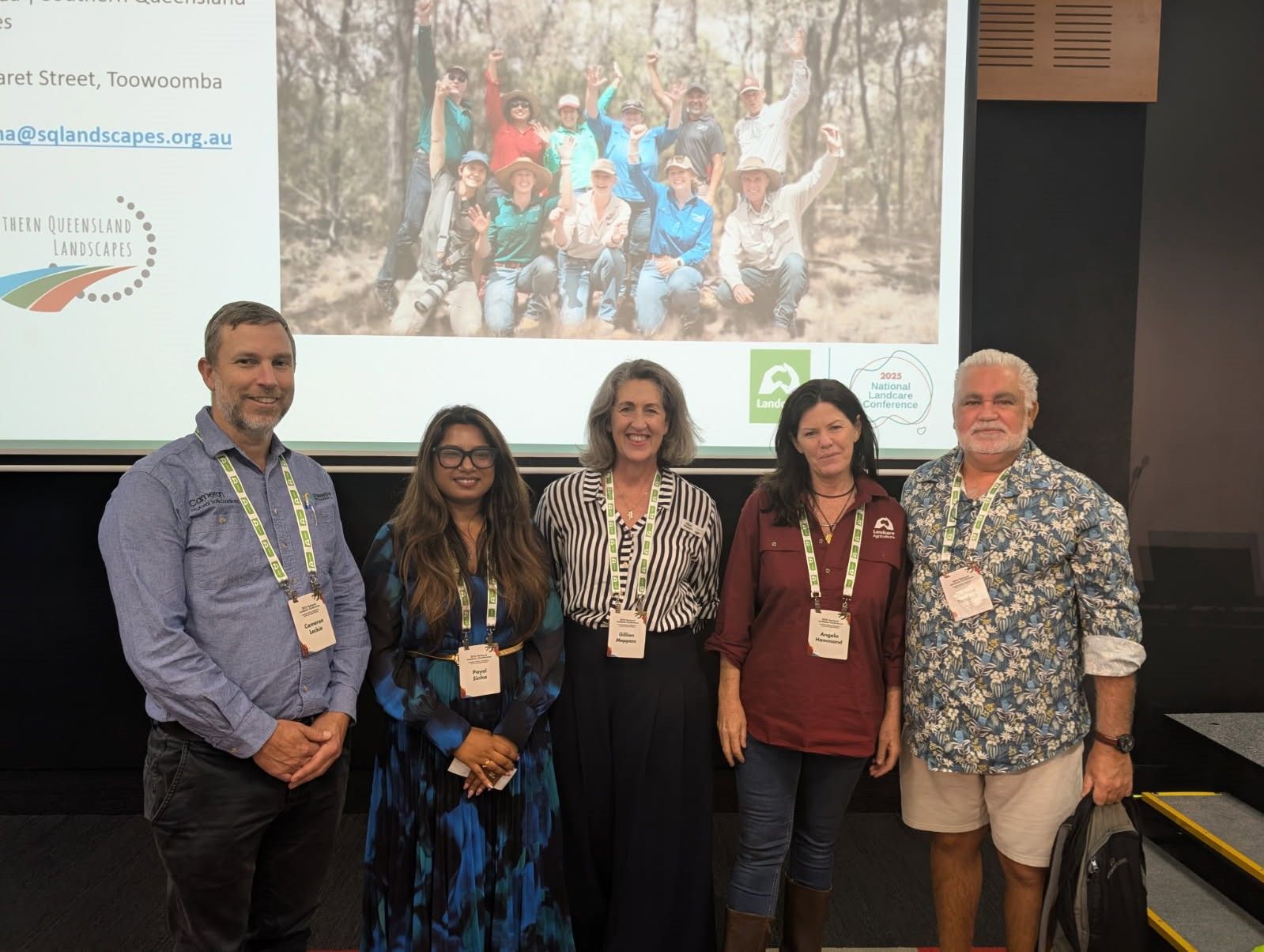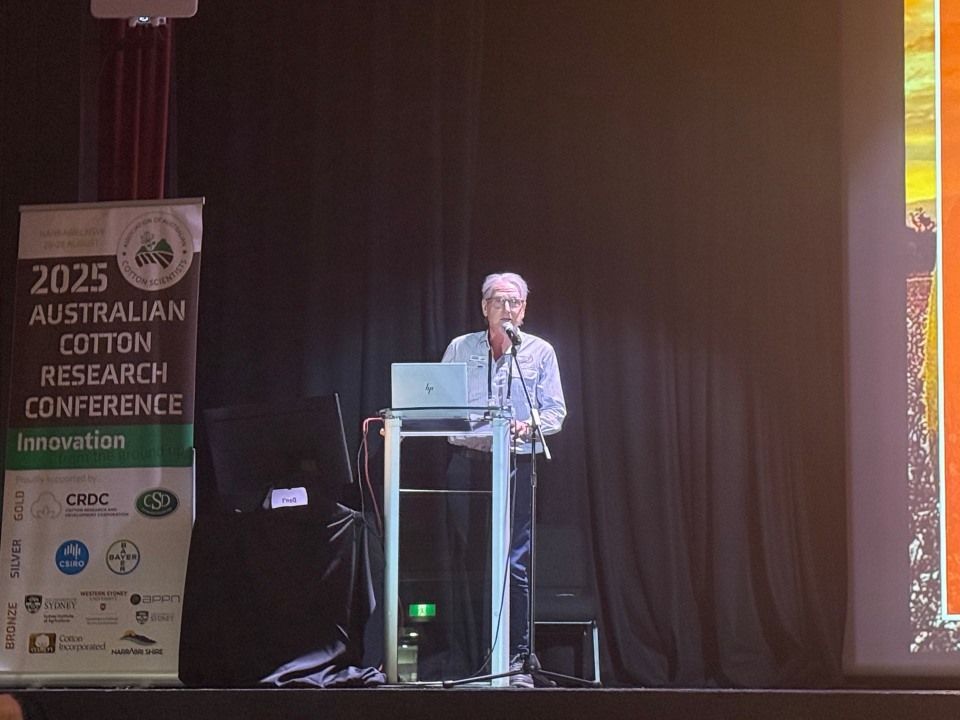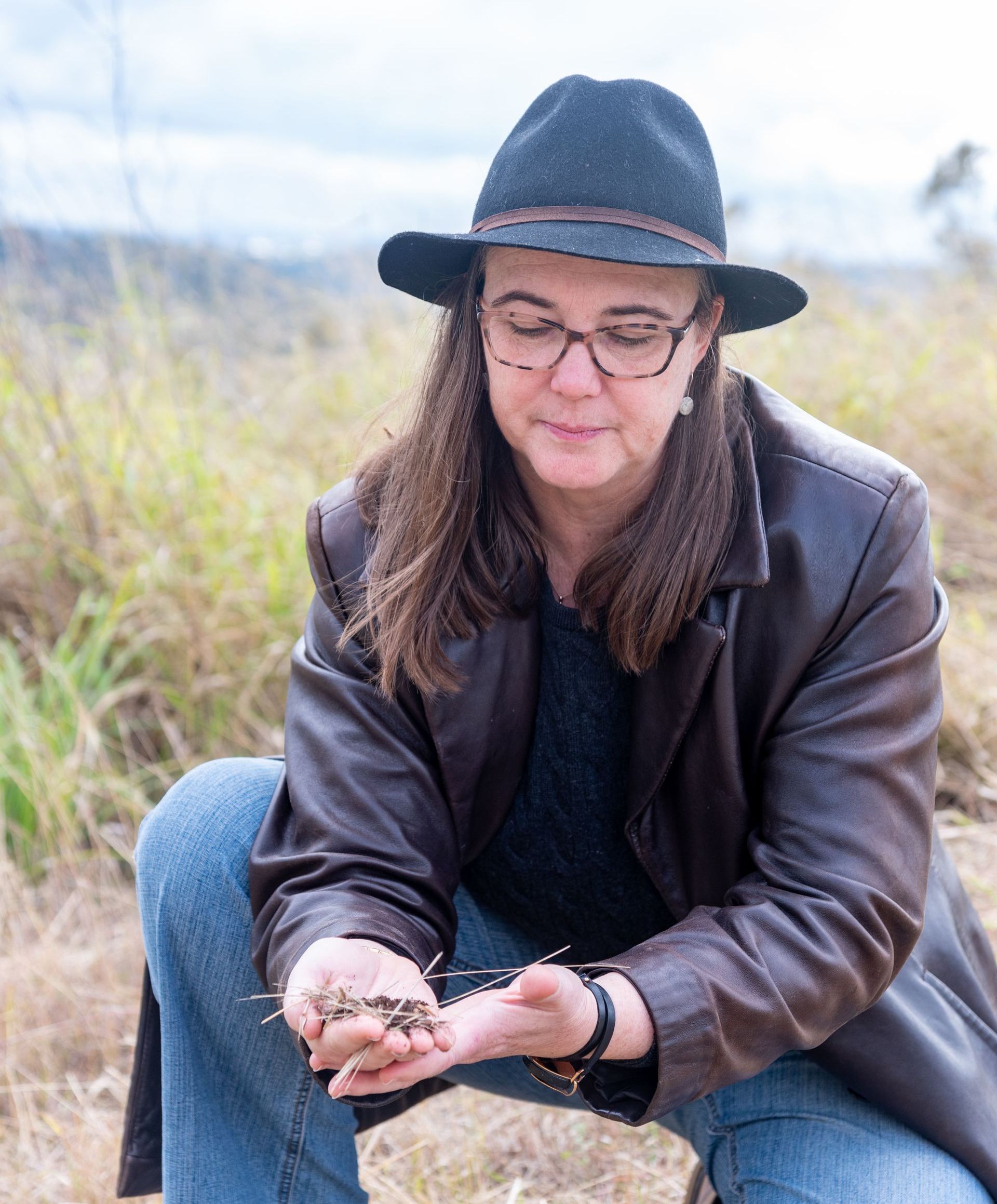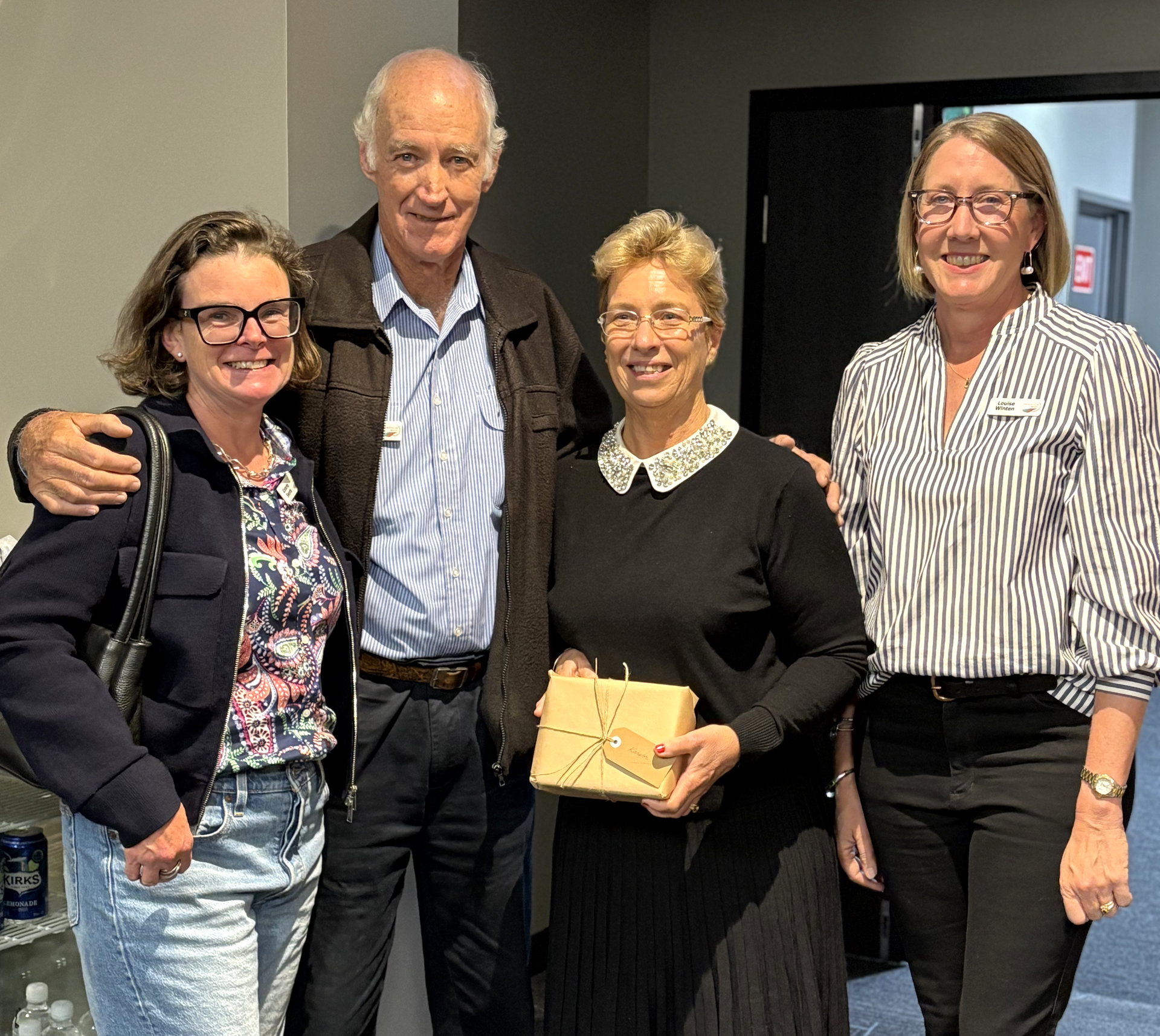According to QFES, if you answer YES to any of these questions, you are at a heightened risk of bushfire.
● Do you live within a few kilometres of bushland?
● Does your local area have a history of bushfires?
● Do you have trees and shrubs within 20 metres of your home?
● Do you live along the coast near scrub?
● Do you live on a farm or near paddocks?
Officer Davies said while the season is shaping up to be less intense than 2019, land managers should not be complacent and things can change at the drop of a hat, so it’s best to always prepare for a worst-case scenario.
“Start preparing now, don't prepare when you get the warning message. This year we have a bigger window and have more options to do mitigation,” Officer Davies said.
“There are a number of ways to manage risk in terms of grass, bush, and trees. Grazing is a key mitigation measure to manage bushfire risk, but you can also try slashing, grading and using herbicides,” he said.
“Rural Fire Services also supports the use of controlled burning to reduce fuel loads. So, get a Permit to Light and get started.”
“Be proactive, be prepared, and
be aware of what you’re doing.”
Undertaking mitigation methods can reduce the risk of a fire spreading from your property to your neighbours, and it can also protect you in an event where your neighbours property is alight.
Southern Queensland Landscapes agreed, saying fire management is a key component of overall land management, and there are a number of ways to manage bushfire risk on your property.
SQ Landscapes Senior Project Officer Natasha Mylonas said reducing timber and other dry organic material on the ground will assist to decrease the intensity and spread of fire in a bushfire event.
“Cool burning techniques shared by First Peoples are being used by more and more property managers. Not only is it an effective tool for reducing bushfire risk, it also preserves the habitat of native animals and encourages native plants and animals to come back into the landscape,” Natasha Mylonas said.
“Your preparations do impact yours and your neighbours’ properties. I’ve seen the contrast after a bushfire near Millmerran, where the scrub and sheds were annihilated on one side of a track, but on the other side that had used cool burning techniques to reduce risk, the fire carried with far less intensity, saving most of the scrub,” Ms Mylonas said.
Rural Fire Service regularly posts local bushfire information and warnings on the Queensland Fire & Emergency Services website.
“Monitor the information and warnings on the QFES website. It will show where fires may start and things to be aware of to protect you, your property and your family,” Officer Davies said.
“Embers can travel hundreds of metres from the source of the fire. So, when there are fires nearby, close your windows, remove curtains, doormats, shade cloths, and remove dry matter. Water down mulch piles and be aware of the direct and radiant heat,” he said.
“My piece of advice is, be aware of your risk and be proactive. Service your slip-on units and pumps, maintain fire access trails, talk to your local fire warden, talk to your neighbours and work out a fire plan.”
TIPS FOR PREPARING
● Clear your roof gutters of leaves, twigs, bark and other flammable debris.
● Check and maintain fire-fighting pumps, generators and water systems.
● Clear out flammable items near your house. Get rid of the firewood, mulch piles, boxes and outdoor furniture you’re no longer using.
● Seal gaps in external roof and cladding.
● Control your weeds - especially grasses as they can have a high fuel load and be quite flammable.
● Trim low-lying branches around your home to a height of two metres from the ground.
● Mow your lawn, whipper snip near access paths and clear out dry grass, dead leaves and branches.
● Display your house number at the roadside - as it can make emergency services help you faster.
● Prepare your response: gather PPE, get your first aid kit up to scratch, prepare an evacuation kit, and review or create your Bushfire Survival Plan here: https://bushfire-survival-plan.qfes.qld.gov.au/
You can find your local Neighbourhood Safer Place, an allocated refuge centre here:
https://www.qfes.qld.gov.au/prepare/bushfire/neighbourhood-safer-places
Find your local fire warden: https://www.qfes.qld.gov.au/safety-education/using-fire-outdoors/fire-wardens
Find information on the latest bans, restrictions and key contacts (Toowoomba): https://www.qfes.qld.gov.au/fire-bans/toowoomba-regional-council



